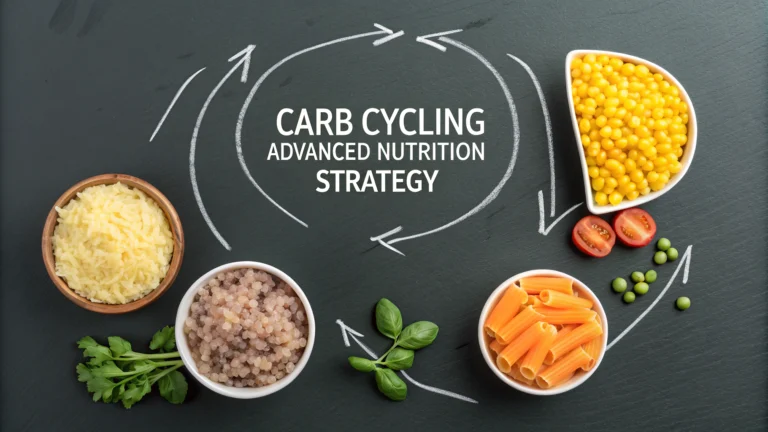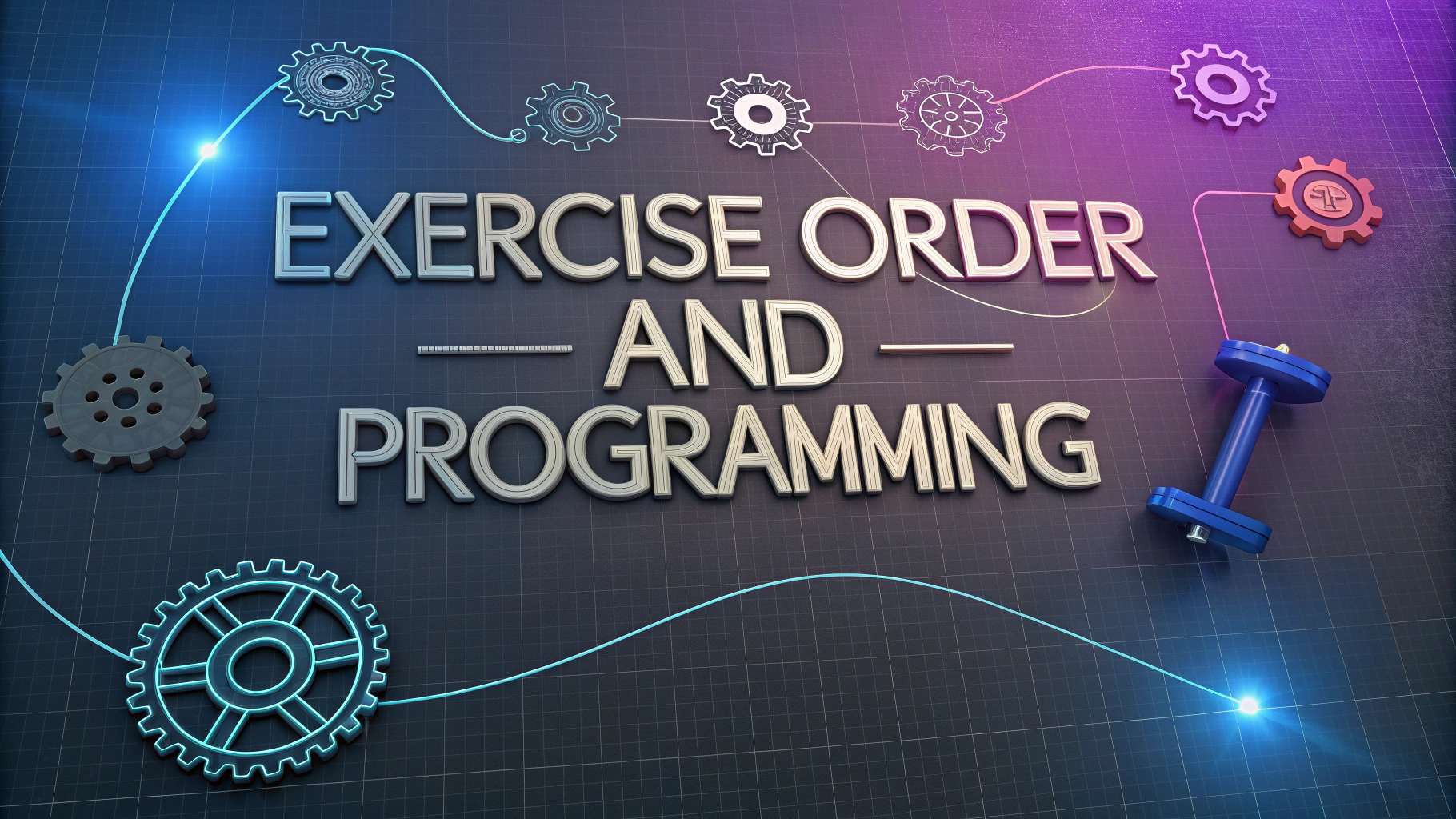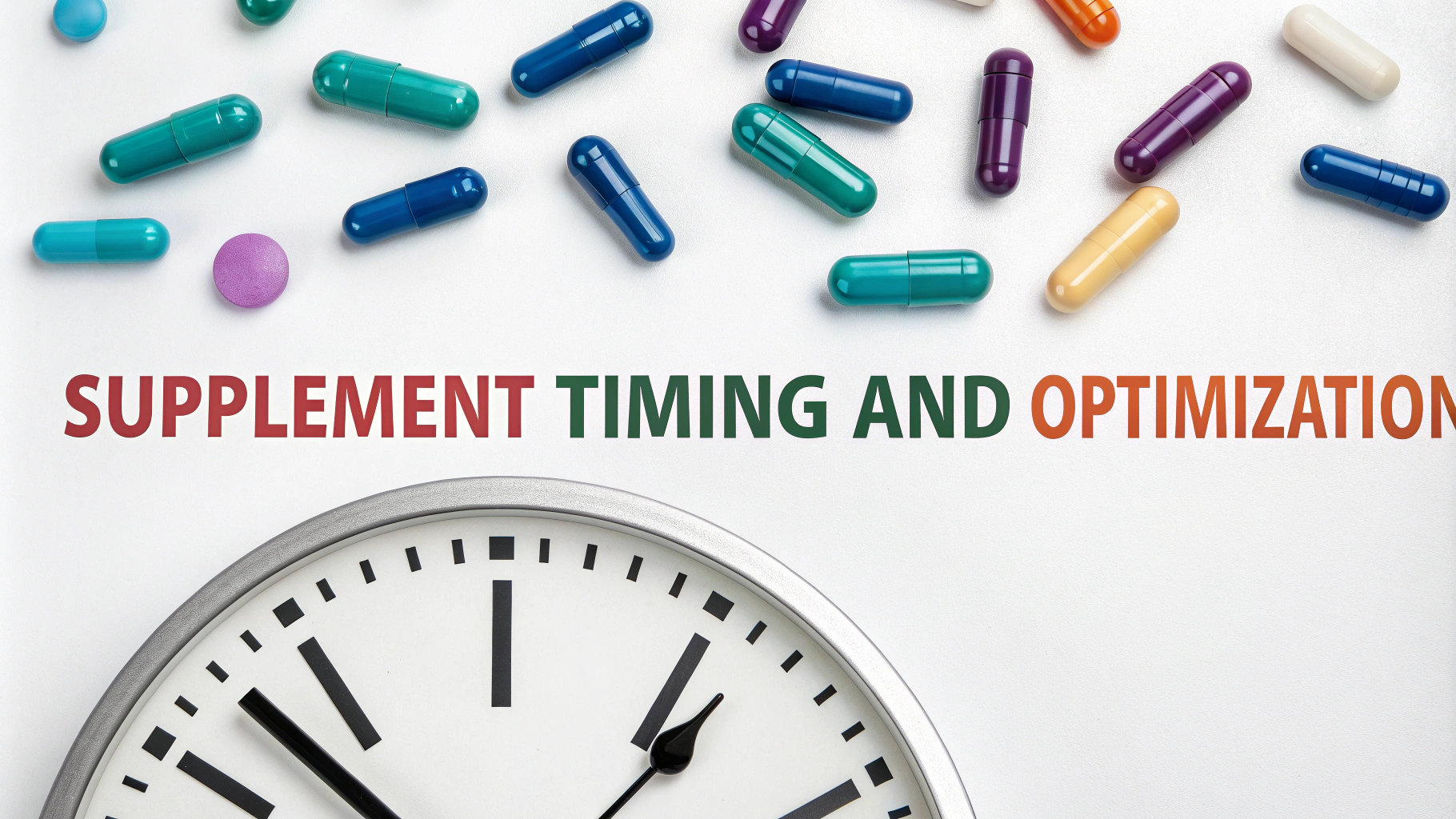Carb cycling alternates between high-carb and low-carb days to optimize both performance and fat loss.
What is Carb Cycling?
This nutrition strategy matches carbohydrate intake to your activity level and goals on different days of the week.
Basic Structure:
- High-carb days: Training days (especially weight training)
- Moderate-carb days: Light activity days
- Low-carb days: Rest days or cardio-only days
Sample Carb Cycling Schedule
| Day Type | Carb Amount | Best For |
|---|---|---|
| High Carb | 2-3g per lb bodyweight | Heavy training days |
| Moderate Carb | 1-2g per lb bodyweight | Light training days |
| Low Carb | 0.5-1g per lb bodyweight | Rest days |
Best Foods for Each Day
High-Carb Days:
- Sweet potatoes
- Brown rice
- Oatmeal
- Quinoa
- Bananas
Low-Carb Days:
- Leafy greens
- Broccoli
- Cauliflower
- Zucchini
- Bell peppers
Benefits of Carb Cycling
- Enhanced fat loss while maintaining muscle
- Improved insulin sensitivity
- Better workout performance
- Sustained energy levels
- Reduced plateaus in weight loss
Tips for Success
Track your macros using apps like MyFitnessPal or LoseIt to ensure accurate carb counts.
Plan your meals ahead to avoid impulsive food choices.
Keep protein intake consistent across all days (about 1g per pound of bodyweight).
Adjust fat intake inversely to carbs – higher fats on low-carb days, lower fats on high-carb days.
Common Mistakes to Avoid
- Eating too many carbs on low days
- Not eating enough on high-carb days
- Choosing poor quality carb sources
- Neglecting protein intake
Who Should Try Carb Cycling?
This strategy works best for intermediate to advanced fitness enthusiasts who have mastered basic nutrition principles.
Athletes and bodybuilders prepping for competition can benefit significantly from this approach.
People with specific medical conditions should consult their healthcare provider before starting carb cycling.
Additional Resources
For personalized advice, consult a registered dietitian or certified nutrition coach through the Academy of Nutrition and Dietetics (www.eatright.org).
Track your progress using body measurements, progress photos, and performance metrics rather than just scale weight.
Advanced Strategies
Implement refeed days every 10-14 days during extended low-carb periods to prevent metabolic slowdown.
- Increase carbs by 50-100% above normal high-carb days
- Keep fats low during refeeds
- Focus on complex carbohydrates
Timing Your Carbs
High-Carb Days:
- Pre-workout: 25% of daily carbs
- Post-workout: 40% of daily carbs
- Remaining meals: 35% of daily carbs
Adjusting for Different Goals
Fat Loss:
- 2 high-carb days
- 2 moderate-carb days
- 3 low-carb days
Muscle Gain:
- 4 high-carb days
- 2 moderate-carb days
- 1 low-carb day
Monitoring and Adjusting
Track these markers to assess effectiveness:
- Energy levels during workouts
- Recovery between sessions
- Body composition changes
- Sleep quality
- Hunger levels
Conclusion
Carb cycling offers a flexible approach to nutrition that can be customized for various fitness goals. Success requires consistent tracking, proper planning, and attention to food quality. Start gradually and adjust based on your body’s response and performance needs.
Remember that sustainability is key – choose a cycling pattern that fits your lifestyle and can be maintained long-term for optimal results.
FAQs
- What exactly is carb cycling and how does it work?
Carb cycling is a dietary approach that alternates between high-carb and low-carb days to optimize body composition, athletic performance, and metabolic flexibility. It typically involves scheduling higher carb intake on training days and lower carb intake on rest days. - How do I calculate my carb intake for high and low days?
On high-carb days, consume 2-2.5g of carbs per pound of body weight. On low-carb days, reduce to 0.5-1g per pound. Moderate days typically fall between these ranges at 1-1.5g per pound of body weight. - Which foods are best for carb cycling?
Focus on complex carbohydrates like sweet potatoes, brown rice, quinoa, and oats for high-carb days. On low-carb days, emphasize proteins, healthy fats, and fibrous vegetables while limiting starchy carbs. - Does carb cycling help with fat loss?
Yes, carb cycling can enhance fat loss by improving insulin sensitivity, maintaining metabolic rate, and providing enough energy for intense workouts while creating periodic caloric deficits. - How often should I have high-carb versus low-carb days?
This depends on your training schedule, but a common approach is 2-3 high-carb days on intense training days, followed by low-carb days during rest or light activity days. - Should protein and fat intake change during carb cycling?
Protein should remain consistent throughout (typically 0.8-1g per pound of body weight). Fat intake is usually higher on low-carb days and lower on high-carb days to balance overall calories. - Can I carb cycle while building muscle?
Yes, carb cycling can support muscle growth when high-carb days align with resistance training, providing necessary energy and nutrients for muscle recovery and growth. - What are the potential side effects of carb cycling?
Initial side effects may include energy fluctuations, hunger on low-carb days, and temporary water weight changes. These typically stabilize as your body adapts to the cycle. - Should I carb cycle while training for endurance events?
Carb cycling can benefit endurance athletes, but timing is crucial. High-carb days should align with long training sessions and races, while recovery days can be lower in carbs. - How long should I follow a carb cycling protocol?
Carb cycling can be sustained long-term, but most people cycle through periods of strict adherence (4-12 weeks) followed by more moderate approaches based on their goals and results.







